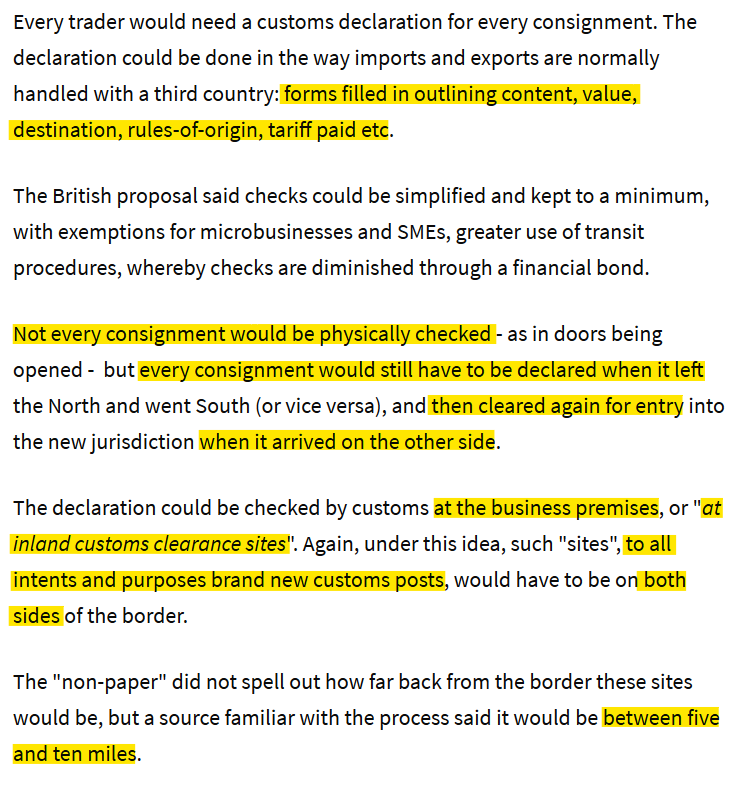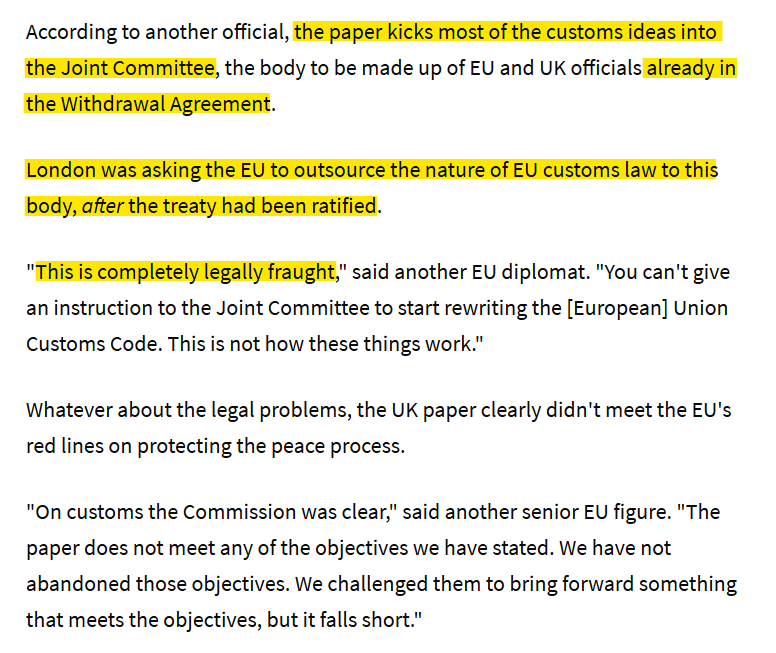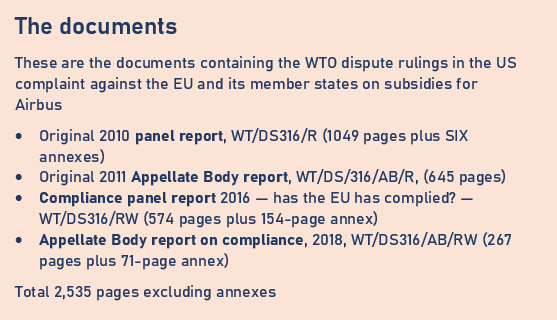It's what I thought but I couldn't find it spelt out in writing.
Recap: this is about action WTO members have authorised the US to take against the EU because of illegal subsidies for Airbus.
1/15
What does that mean?
As explained to me:
2/15
The calculation is very complex and controversial, but I won’t go into that.
This is about the retaliation based on that figure.
3/15
4/15
So clearly this is not about the duty collected.
5/15
The (controversial) calculation was that the US lost $7.5bn-worth of trade, through lost or impeded sales of Boeing aircraft, because of EU subsidies given directly or indirectly to Airbus.
6/15
Therefore the US is deemed to be entitled to raise trade barriers against EU exports in a way that causes the EU to lose up to, no more than, $7.5bn per year — the amount the US was calculated to have lost
7/15
There’d still be the question of whether trade in those products would’ve stayed at $7.5bn, but let’s ignore it
8/15
9/15
It can do that so long as the EU’s exports of these products to the US do not FALL by more than $7.5bn
10/15
The EU could challenge the US (again) in a WTO legal dispute. It would have to show that it was the added tariffs and not other factors that caused the damage
11/15
Reminders:
a. The $7.5bn authorised retaliation is annual, until the EU can show that it has complied with the original ruling and no longer uses illegal subsidies. Or until the US and EU reach a settlement deal.
12/15
b. In a parallel dispute, the US has also been found to have subsidised Boeing illegally. The EU also has a retaliation list. A mirror-image ruling is due next year on how much the EU can retaliate against the US
13/15
It’s designed so that countries can put pressure on each other to comply with the agreements they signed.
It has been used/available in a number of cases.
14/15
More info:
The “Airbus” dispute: wto.org/english/tratop…
The “Boeing” dispute: wto.org/english/tratop…
WTO dispute settlement: wto.org/english/tratop…
15/15








